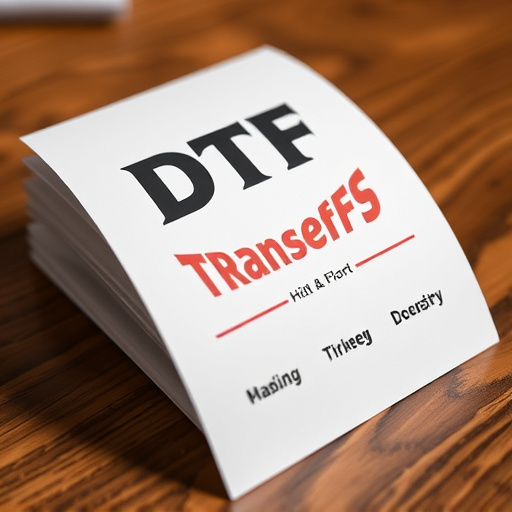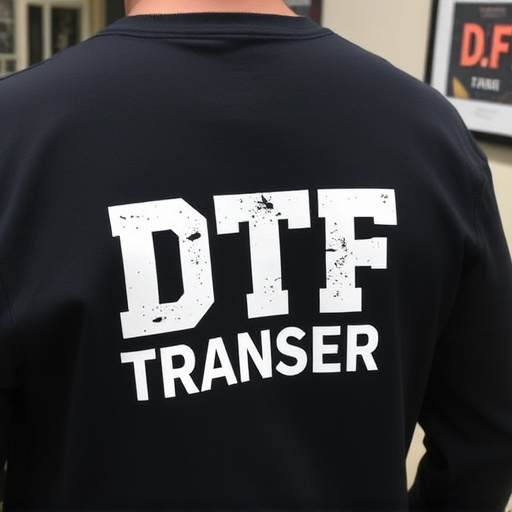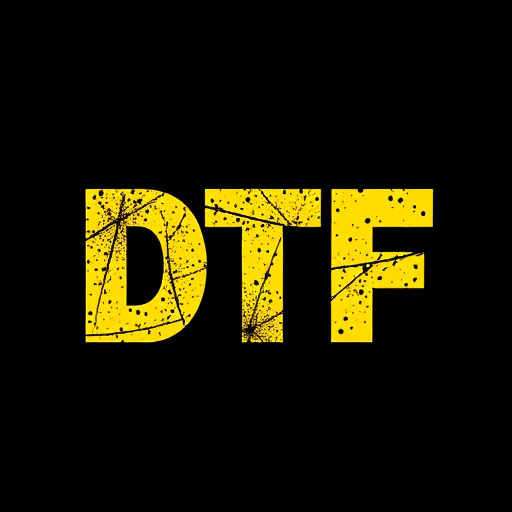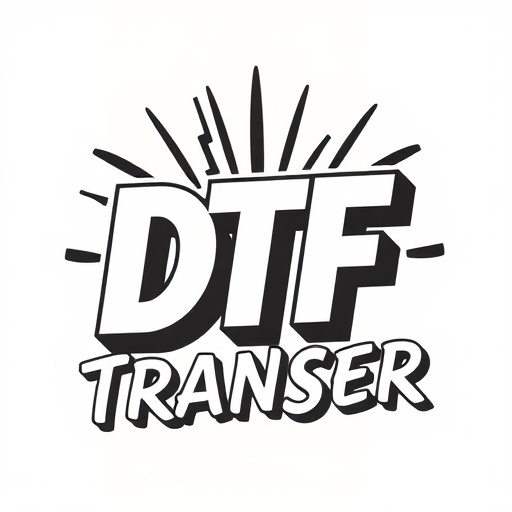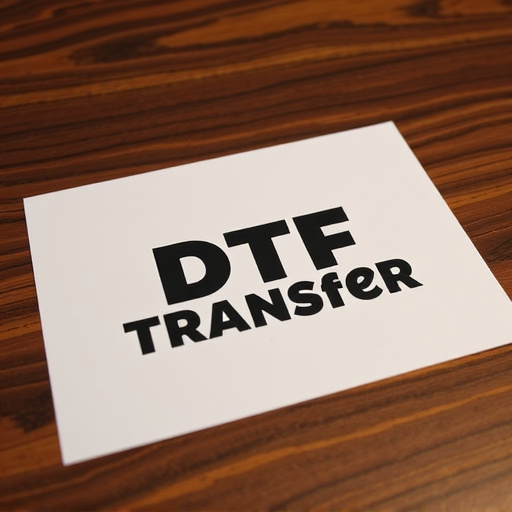Direct-to-Film (DTF) transfers are a game-changer in printing technology, enabling local manufacturers to produce vibrant and precise prints directly onto various surfaces. By eliminating intermediate steps like plate preparation, DTF printing offers speed, efficiency, and customization for diverse markets. This eco-friendly solution reduces waste, fosters economic growth, and attracts businesses seeking high-quality, locally manufactured products. Despite limited domestic options and global supply chain disruptions, encouraging local production is gaining traction to break import dependencies, improve quality control, and potentially lower costs in the long term. Implementing DTF transfers in your business offers a unique way to produce specialized prints locally, with sustainable practices appealing to environmentally conscious consumers. The future of DTF holds promise with technological advancements, focusing on durability, color accuracy, and material compatibility, while sustainability may become a key aspect reshaping its impact across sectors.
Direct-to-film (DTF) transfers are transforming the way we create custom prints, offering unparalleled efficiency and customization options. This article delves into the world of local manufacturing, exploring how DTF technology can reduce reliance on imports. From understanding the DTF process to its benefits and challenges, we navigate the current landscape and provide insights for businesses looking to adopt this innovative approach. Discover key considerations, future trends, and the potential for a sustainable DTF industry, all centered around enhancing your printing capabilities with DTF prints.
- Understanding Direct-to-Film (DTF) Transfers: A Local Manufacturing Perspective
- Benefits of DTF Printing for Customization and Efficiency
- The Current State of DTF Transfer Imports: Challenges and Dependence
- Building a Sustainable DTF Industry: Encouraging Local Production
- Key Considerations for Implementing DTF in Your Business
- Future Prospects: Innovations in DTF Technology and Their Impact
Understanding Direct-to-Film (DTF) Transfers: A Local Manufacturing Perspective
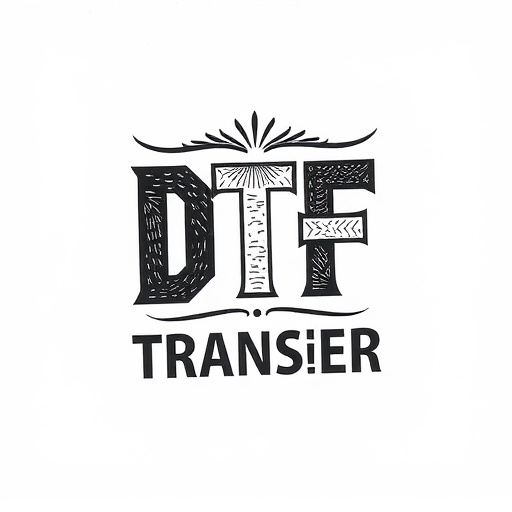
Direct-to-Film (DTF) transfers are a cutting-edge printing technology that has revolutionized the way we reproduce images and graphics directly onto various surfaces, from clothing to signage. From a local manufacturing perspective, embracing DTF offers a unique opportunity to foster economic growth and promote sustainability by reducing reliance on imported goods.
In DTF Printing, ink is applied directly onto a film or substrate using specialized equipment, allowing for precise and vibrant prints. This process eliminates the need for intermediate steps like plate preparation commonly used in traditional printing methods. As a result, local manufacturers can produce custom designs with speed and efficiency, catering to diverse markets such as fashion, marketing, and promotional items. By utilizing this technology, businesses can ensure high-quality, on-demand production while minimizing waste and environmental impact, making it an attractive option for those seeking locally manufactured, eco-friendly solutions.
Benefits of DTF Printing for Customization and Efficiency

Direct-to-film (DTF) transfers offer a myriad of benefits for businesses and individuals looking to create custom designs with efficiency and precision. This printing method eliminates the need for costly set-up costs associated with traditional screen printing, making it an attractive option for small-batch production and one-off projects. With DTF, designs are printed directly onto the film, enabling quick turnaround times and the ability to produce complex graphics with fine details.
Moreover, DTF Printing streamlines the customization process. It allows for easy modifications to design elements, color palettes, and even sizes without incurring extra costs or delays. This flexibility is particularly advantageous for businesses catering to diverse customer preferences or those requiring rapid changes in marketing materials. The efficiency and versatility of DTF Transfer make it a go-to choice for achieving high-quality, personalized prints while maintaining cost-effectiveness.
The Current State of DTF Transfer Imports: Challenges and Dependence
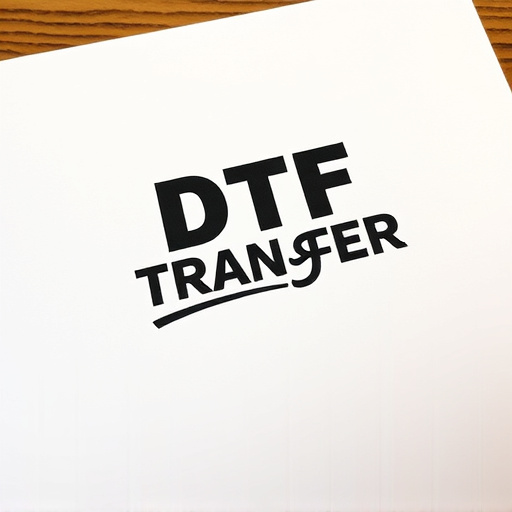
The current landscape of direct-to-film (DTF) transfer imports presents a complex web of challenges and dependencies for businesses and enthusiasts alike. Despite the growing popularity of DTF Printing, many practitioners still rely heavily on imported materials and equipment due to limited domestic availability and varying product standards. This reliance on foreign sources can hinder innovation and increase costs, especially with fluctuating exchange rates.
Moreover, the global supply chain disruptions caused by recent events have further exacerbated the challenges faced by local manufacturers. The result is often higher prices for consumers and a reduced variety of choices in terms of DTF Transfer materials. However, there’s an emerging shift towards fostering local production capabilities to break this dependency, ensuring better control over quality, reducing lead times, and potentially lowering costs in the long run.
Building a Sustainable DTF Industry: Encouraging Local Production

Building a sustainable Direct-To-Film (DTF) transfer industry starts with encouraging local production. By fostering domestic manufacturing, communities can reduce their reliance on imported DTF prints and related materials, strengthening local economies and promoting environmental stewardship. Local production also allows for greater control over quality standards, ensuring that manufacturers adhere to strict guidelines for eco-friendly practices and safe working conditions.
Government incentives, community partnerships, and educational programs can play a pivotal role in this shift. Providing grants or tax breaks to local businesses investing in DTF printing technology can accelerate the transition. Collaborating with schools and community centers to offer training programs can equip individuals with the skills needed for these jobs, creating a skilled workforce. Furthermore, raising awareness about the environmental and economic benefits of local DTF production can garner public support, driving demand for locally manufactured products and fostering a thriving, sustainable industry.
Key Considerations for Implementing DTF in Your Business
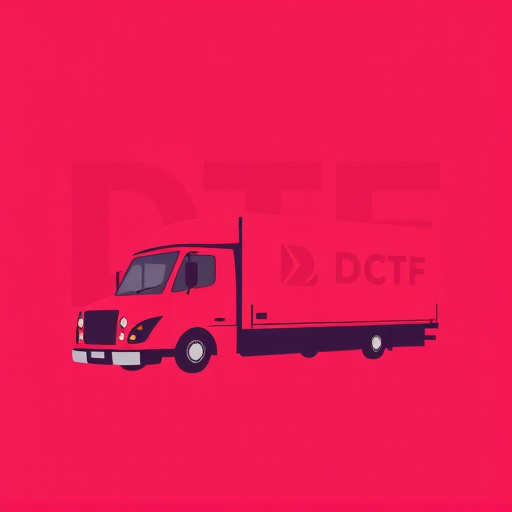
Implementing Direct-to-Film (DTF) transfers in your business offers a unique and innovative way to produce high-quality prints locally, eliminating the need for imports. When considering DTF as a production method, several key factors should be at the forefront of your strategy. Firstly, assess your target market and understand the demand for such specialized prints. DTF Transfer technology appeals to businesses aiming to create custom, on-demand designs with minimal setup costs, making it an attractive option for small to medium-sized enterprises.
Additionally, investing in reliable DTF Printing equipment is paramount. Ensure you source machines from reputable manufacturers known for their precision and efficiency. Proper training for your staff on operating and maintaining these devices is equally vital to achieve consistent print quality. Consider the environmental impact of this process; DTF offers eco-friendly alternatives to traditional printing methods, so emphasize sustainable practices in your business model to appeal to environmentally conscious consumers.
Future Prospects: Innovations in DTF Technology and Their Impact
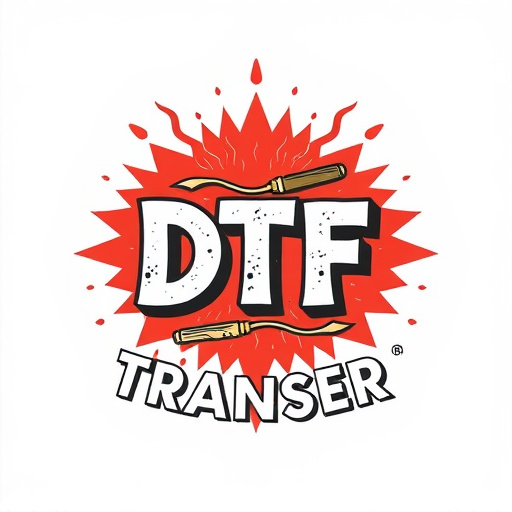
The future of direct-to-film (DTF) transfers looks promising as technology continues to evolve and innovate. Advanced DTF printing techniques are opening up new possibilities for manufacturers, enabling them to create high-quality, custom prints on a variety of materials with unprecedented speed and efficiency. This not only enhances production capacity but also allows for greater flexibility in design and customization, catering to the diverse needs of different industries.
With ongoing research and development, we can expect to see even more groundbreaking advancements in DTF technology. These innovations will likely lead to improved durability, enhanced color accuracy, and broader material compatibility, further solidifying DTF transfers as a preferred choice for various applications. As the technology matures, we may also witness a shift towards more sustainable practices, aligning with the growing global demand for eco-friendly manufacturing processes, and ultimately, reshaping the landscape of DTF printing and its impact on various sectors.








